Telomere science changed everything we knew about aging. But today, I want to talk to you about the other half of the anti-aging equation.
Regular readers will already know by protecting your telomeres, you can slow — and even reverse — the aging process.
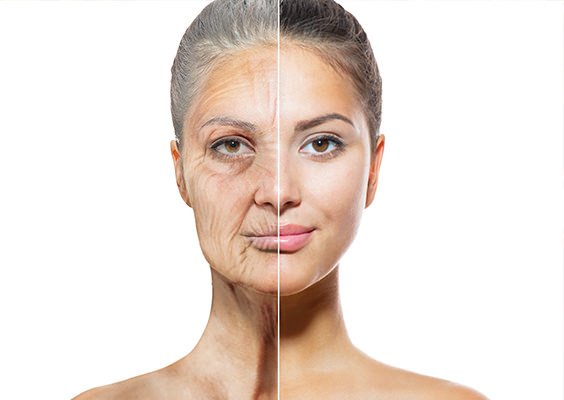
You see, your telomeres are like little countdown clocks that protect the DNA in your cells. They shorten with each cell division. And the shorter they get the faster you develop the signs of aging. So by protecting and nouris
hing them, you can literally turn back the years.I was one of the first doctors to put telomere science to the test. And for years, I’ve been helping patients measure, protect and lengthen their telomeres.
But I’ve also discovered that telomeres are only HALF the story when it comes to aging. Let me explain…
Telomeres protect the DNA inside the nucleus of each cell in your body. But there is other DNA in each of your cells outside the nucleus.
You see, your cells also contain tiny organelles called mitochondria. These are the power plants that turn fuel into energy. And your mitochondria have their own DNA and their own impact on the aging process.
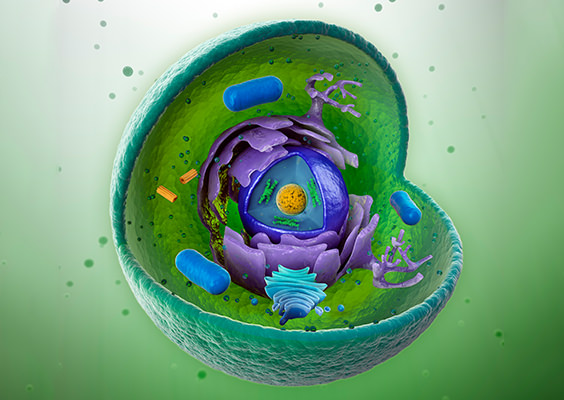
Mainstream medicine still ignores the anti-aging power of mitochondria. But in today’s letter, I’m going to show you how to boost mitochondria while at home.
But first, let’s look at why your mitochondria are so important…
Each of your cells has at least one of these tiny power plants. The average cell has 200. And cells for important organs, like your heart and brain, can have more than 10,000.
But here’s the problem: As you age, these tiny power plants become damaged and start to die off. And you lose your capacity to make energy.
The first thing that happens is that your cellular energy takes a dive. You feel tired and fatigued. But then they malfunction, and devastating diseases can follow:
- Schizophrenia and bipolar disease;
- Alzheimer’s and Parkinson’s disease;
- Epilepsy, migraines, and nerve pain;
- Loss of muscle control and balance;
- Heart disease and strokes;
- Fibromyalgia;
- Blindness;
- Diabetes;
- Hepatitis C and cirrhosis. 1
Today, this happens at a faster rate than what your parents and grandparents experienced because now we’re living in a highly toxic environment. And exposure to toxic chemicals can cause the body to age faster.
You see, today, we’re faced with “accelerated aging” because of environmental factors, such as cigarette smoke and ultraviolet rays from the sun. And its effect can age you prematurely.
But there are ways to support mitochondria…
Here at the Sears Institute for Anti-Aging Medicine, I help my patients prevent and repair damage to the mitochondria.
And I do this not with Big Pharma meds, but with nutrients. Here are just four of the nutrients I recommend that have been proven to support your mitochondrial function and boost energy.
- CoQ10: Co-enzyme Q10 sparks your aging cell engines to make more energy. And it’s a potent free radical scavenger, soaking up oxidized molecules before they cause damage.
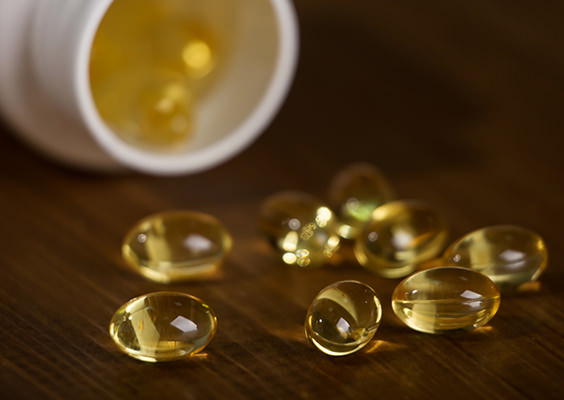
I recommend taking 50 mg of CoQ10 daily. Look for the ubiquinol form. It’s more powerful and much easier for your body to absorb.
- Acetyl-L-Carnitine: The amino acid L-carnitine plays a critical role in making energy in your cells. It transports fatty acids into the mitochondria. There they can be burned for fuel. It also carries toxic waste out before it can do damage.
But as you age, carnitine levels in your tissues drop.2 That’s why you need acetyl-L-carnitine (ALC). Your body converts L-carnitine to ALC. And studies show when your mitochondria slow down, ALC can fire them up again.3 Studies also show ALC reverses the malfunction in mitochondria as you age. ALC can also improve brain performance and increase neurotransmitters.4
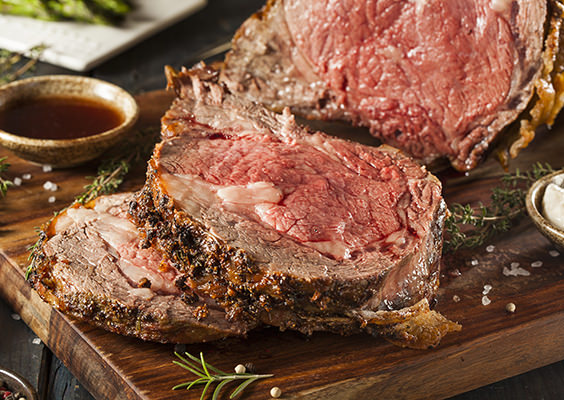
The best source of L-carnitine is grass-fed red meat. But you can also supplement. I suggest taking at least 500 mg of ALC every day on an empty stomach. Look for a formula with only L-carnitine and not D, L-carnitine. D-carnitine is synthetic.
- N-Acetyl-Cysteine (NAC): This amino acid is also a powerful antioxidant. You see, NAC helps make glutathione, the body’s most powerful antioxidant. Glutathione is the main line of defense for mitochondria. It helps prevent and repair oxidative damage, thus protecting your mitochondria.6,7
And there’s another reason I recommend NAC to my patients. Studies show it protects your telomeres from oxidative damage.8 So it throws a one-two anti-aging punch. I advise supplementing with 500 mg per day.
- Rhodiola Rosea: This tough, little yellow flower is native to the arctic mountains of Eastern Siberia. And I’ve seen its power to energize my patients. In just a few months, they are visibly younger and stronger. And they tell me they feel that way, too.
Research proves what I’ve seen in my patients. Lab Rats given rhodiola were able to swim 25% longer before becoming exhausted.9 That’s because the herb helped trigger energy synthesis in the mitochondria.
Rhodiola can also energize people. Just one 200 mg dose helped people in one study improve their exercise endurance.10 In another study, students taking 100 mg of rhodiola every day improved their capacity to work. Their learning ability increased by 61% and their fatigue levels dropped by 30%.11
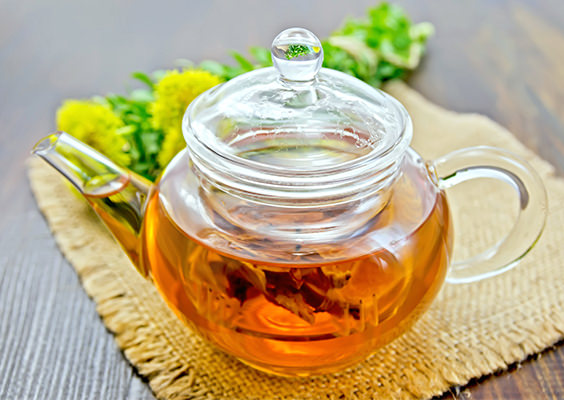
You can find Rhodiola tea in your local health food store. Or you can take it in capsule form. It’s also called golden root or roseroot. But make sure you get a formula with enough of the herb’s active compounds. Look for an extract standardized to contain at least 3% rosavins and 1% salidroside. That’s the same ratio found in the natural root.
I recommend taking 200 mg a day on an empty stomach, preferably in the morning because rhodiola stimulates your brain.
I’ve been tinkering with a new formula to support your mitochondria. And it contains all the ALC, NAC, and rhodiola you need. So stay tuned.
To Your Good Health,

Al Sears, MD, CNS
1Neustadt J, Pieczenik SR. “Medication-induced mitochondrial damage and disease.” Mol Nutr Food Res. 2008;52(7):780-8.
2Opalka, J., Gellerich, F., Zierz, S. “Age and sex dependency of carnitine concentrations in human serum and skeletal muscle.” Clinical Chemistry, 2001, 47: 12, 2150-2153.
3Kidd PM. “Neurodegeneration from mitochondrial insufficiency: nutrients, stem cells, growth factors, and prospects for brain rebuilding using integrative management.” Altern Med Rev. 2005; 10(4):268-93.
4Hagen, TM., Wehr, CM., Ames, BN. “Mitochondrial decay in aging. Reversal through supplementation of acetyl-L-carnitine and N-tert-butyl-alpha-phenyl-nitrone.” Ann N Y Acad Sci, 1998;854:214-23.
5Arakawa M, Ito Y. “N-acetylcysteine and neurodegenerative diseases: basic and clinical pharmacology.” Cerebellum. 2007;6(4):308-14.
6Montserrat Marí, Albert Morales, Anna Colell et al. “Mitochondrial Glutathione, a Key Survival Antioxidant.” Antioxid Redox Signal. 2009; 11(11): 2685–2700.
7Kelly GS “Clinical applications of N-acetylcysteine.” Altern Med Rev. 1998;3(2):114-27.
8Ludlow A, Spangenburg E, Chin E, Cheng W, Roth S. “Telomeres Shorten in Response to Oxidative Stress in Mouse Skeletal Muscle Fibers.” J Gerontol A Biol Sci Med Sci. 2014;69(7):821-30.
9Abidov M, Crendal F, Grachev S, et al. “Effect of extracts from Rhodiola rosea and Rhodiola crenulata (Crassulaceae) roots on ATP content in mitochondria of skeletal muscles.” Bull Exp Biol Med. 2003;136(6):585-7.
10De Bock K, Eijnde BO, Ramaekers M, Hespel P. “Acute Rhodiola rosea intake can improve endurance exercise performance.” Int J Sport Nutr Exerc Metab. 2004;14(3):298-307.
11Spasov AA et al. “A double-blind, placebo-controlled pilot study of the stimulating and adaptogenic effect of Rhodiola rosea SHR-5 extract on the fatigue of students caused by stress during an examination period with a repeated low-dose regimen.” Phytomedicine. 2000;7(2):85-9.
